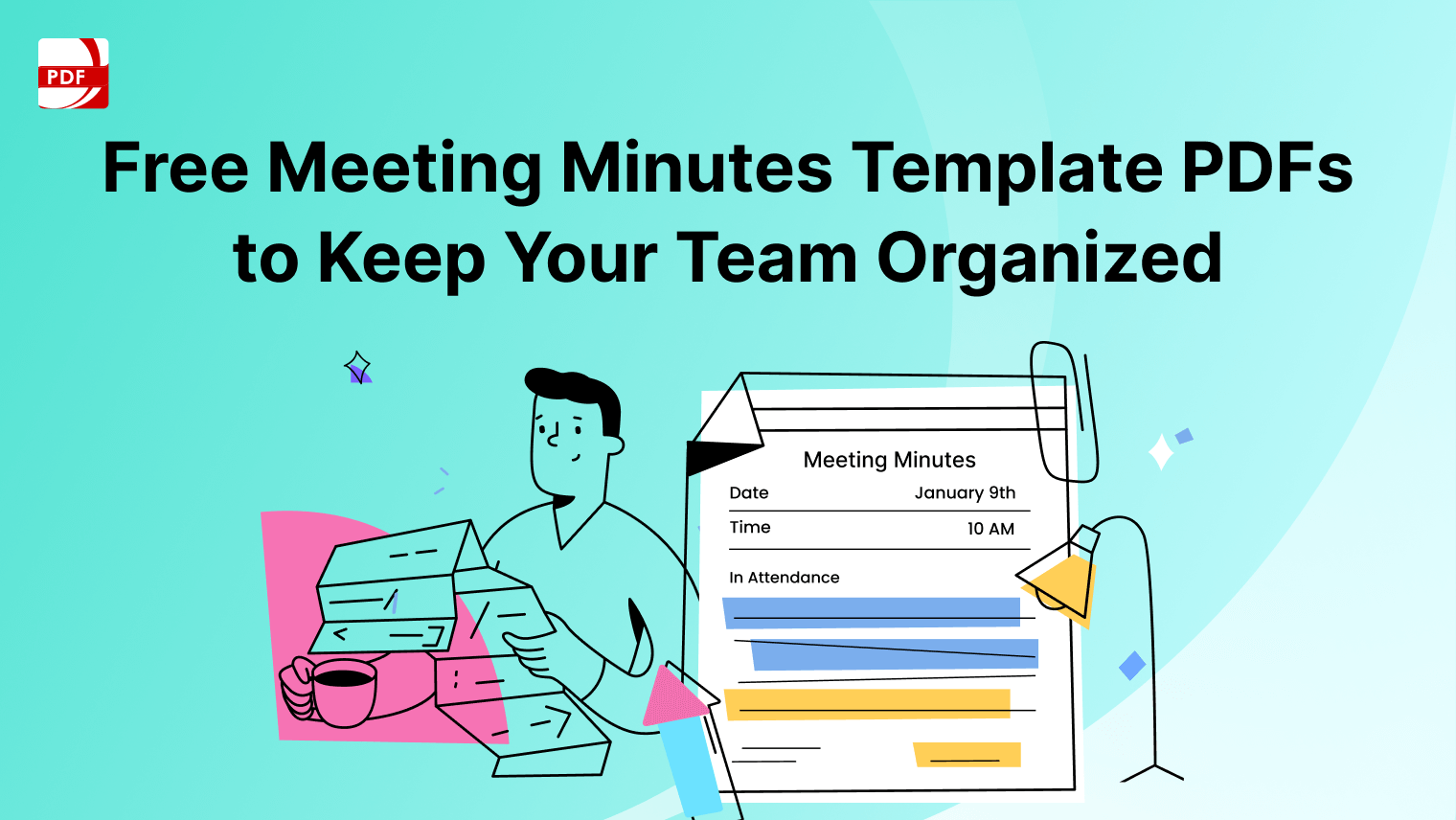Creating effective and legally sound business document templates is a crucial aspect of running a successful business. Whether you're a business owner, entrepreneur, or involved in a partnership, understanding how to draft and manage various legal documents is essential.
Understanding the Basics of Business Documents
Before diving into specific documents, it's essential to understand the basic elements and common types of business documents. These foundational documents serve as the backbone of your business operations, providing structure and clarity in various aspects such as contracts, financial statements, and legal agreements.
- Essential Business Documents for Every Business Owner
As a business owner, you'll encounter a variety of legal documents critical to your business's success. These may include business contracts, employment contracts, financial statements, and more. We'll delve into the significance of each document and provide insights into how they contribute to the overall success and sustainability of your business.
- Navigating Employment Contracts and Relationships
For business owners with employees, understanding the intricacies of employment contracts is vital. We'll explore the key elements of employment contracts, the importance of employee handbooks, and the role of temporary employees in your business structure.
- Legal Structures: Sole Proprietorships, LLCs, and More
Choosing the right legal structure for your business is a crucial decision. We'll discuss the differences between sole proprietorships, limited liability companies (LLCs), and other legal entities. Understanding the implications of each structure is essential for protecting your personal and business assets.
- Partnerships and Agreements
For businesses with multiple owners, establishing clear and comprehensive partnership agreements is imperative. We'll delve into the key elements of partnership agreements, exploring topics such as assets, liabilities, and the importance of defining roles and responsibilities.
- Protecting Your Business: Non-Disclosure Agreements and Confidentiality Clauses
In the competitive business world, safeguarding your intellectual property and sensitive information is paramount. Learn about the importance of non-disclosure agreements, confidentiality clauses, and how they can help protect your business interests.
- Financial Documents and Planning
A solid understanding of financial documents, such as balance sheets and income statements, is crucial for making informed business decisions. We'll explore how these documents contribute to strategic planning and financial stability.
- Operational Efficiency and Standard Operating Procedures
Efficient business operations rely on well-defined processes. Discover the significance of standard operating procedures (SOPs) and how they contribute to streamlining your business operations.
Explore our resume resource for creating a Church Membership Certificate!
Best Practices for Filling in Business Documents
Filling in business documents accurately and effectively is crucial for ensuring legal compliance, clarity, and smooth business operations. Here are some best practices to follow when filling in business documents:
-
Read Carefully Before Filling In: Before you start filling in any business document, thoroughly read the entire document. Understand the purpose, terms, and conditions outlined in the document. This will help you provide accurate and relevant information.
-
Use Clear and Legible Writing: Write in a clear and legible manner. If the document is handwritten, make sure your handwriting is easily understandable. If you're typing, choose a readable font and ensure that the document is well-formatted.
-
Provide Accurate Information: Accuracy is paramount when filling in business documents. Double-check all the information you provide, including names, addresses, dates, and financial figures. Inaccuracies can lead to legal issues or financial discrepancies.
-
Follow Formatting Guidelines: Adhere to any formatting guidelines specified in the document. Some documents may have specific requirements for font size, margins, or other formatting elements. Consistency in formatting enhances the professionalism of the document.
-
Use Black or Blue Ink: If you're filling out a document by hand, use black or blue ink. These colors are more legible and are often preferred for official documents. Avoid using pencil or other light-colored inks.
-
Date and Sign Appropriately: Always include the date when filling in a document, and ensure that you sign where required. Be consistent with the format of the date (e.g., MM/DD/YYYY or DD/MM/YYYY) to avoid confusion.
-
Keep Copies for Your Records: Make photocopies or digital copies of all completed documents before submitting them. This ensures that you have a record of the information you provided and can serve as a reference in the future.
-
Seek Professional Advice if Unsure: If you encounter complex legal or financial terms in a document, or if you are uncertain about how to fill in a specific section, seek professional advice. Consult with legal or financial experts to ensure that you are providing the correct information.
-
Understand the Implications: Be aware of the implications of the information you provide. Understand the legal and contractual obligations associated with the document. If in doubt, seek legal counsel to clarify any uncertainties.
-
Review Before Submission: Before submitting any business document, review it one final time. Check for errors, missing information, or inconsistencies. This last-minute review can help catch any oversights and ensure the document is complete.
-
Use Technology for Digital Documents: When filling in digital documents, leverage technology tools, such as Adobe Acrobat or other PDF editors. These tools often provide features like autofill, which can streamline the process and reduce the risk of errors.
-
Keep a Document Filling System: Implement a systematic approach to organizing and storing your business documents. This can include a digital filing system or a physical filing cabinet. Having a well-organized system makes it easier to locate and retrieve documents when needed.
Dive into our expert recommendations for creating comprehensive construction documents!

How to Write on a PDF Using Windows OS
Learn to write on a PDF file on Windows using your desktop or mobile device. You can do several things using PDF Reader Pro, but these are the two most common procedures.
Adding Your Own Text
Step 1: Open your PDF Document
Click Open File in the PDF editor or drag the file into the drop zone.
Step 2: Click "Edit PDF"
Use our PDF tools found in the top-left corner and select "Add Text". This will convert the entire document into an editable format. Click anywhere on the page to add original file content.
Image Source: PDF Reader Pro
Step 3: Change the Form Features
On the top right corner, click "Properties" to change your text's color, size, or alignment. 
Image Source: PDF Reader Pro
Dots, Lines, and Signatures
Step 1: Open Your PDF File
To start writing on PDFs, click Open File or drag your file into the drop zone. 
Image Source: PDF Reader Pro
Step 2: Click "Fill and Sign"
PDF Reader Pro allows you to create fillable forms. You can select quick edits from the editing interface menu, such as adding a signature or using the oval-shaped icon to circle items. 
Image Source: PDF Reader Pro
Explore our resume resource for the essential Tractor Bill of Sale PDF Template!
How to Write on a PDF Using Mac OS
Easily add text to your PDF form using our PDF editor, designed to work seamlessly with Mac.
Adding Your Own Text
Step 1: Open your PDF Document
Click Open File or drag your PDF file into the drop zone of the PDF editor. 
Image Source: PDF Reader Pro
Step 2: Click "Edit PDF"
Select "Add Text" from the menu bar above. Click anywhere to open a dialogue box.
Image Source: PDF Reader Pro
Step 3: Use the Handy Markup Tools
Click anywhere on the page to add a text box. You can select color styles with the effortless design options on the Properties panel. 
Image Source: PDF Reader Pro
Dots, Lines, and Signatures
Step 1: Click "Fill and Sign"

Image Source: PDF Reader Pro
Step 2: Select Additions from the Editing Interface
Select different options from the menu that allow you to sign the document or add lines and other elements.
Image Source: PDF Reader Pro
Discover our top recommendations for resources on achieving full document control.

FAQs: Business Documents and Operations
Have questions about the business space? Whether you're a sole proprietor or are simply interested in these types of documents, peruse our FAQ section for more.
What is the significance of a Business Plan in a company's success?
A Business Plan serves as a roadmap for your business, outlining goals, strategies, and financial projections. It is essential for attracting investors, guiding operations, and fostering growth. Refer to reliable sources for guidance on creating a robust Business Plan.
How can Business Operations be optimized for efficiency?
Business Operations involve the day-to-day activities of a company. To enhance efficiency, focus on streamlining processes, implementing Standard Operating Procedures (SOPs), and utilizing technology. Reliable sources can provide insights into best practices for optimizing Business Operations.
What role do Business Partners play in a company's structure?
Business Partners contribute expertise, resources, and shared responsibilities. The Partnership Agreement is crucial for defining roles, responsibilities, and profit-sharing arrangements. Seek professional advice and reliable sources when forming a partnership.
How should Independent Contractors be managed within a business?
Independent Contractors should be engaged through clear Service Agreements or Contracts. Ensure compliance with legal requirements, and be aware of Confidentiality Clauses to protect sensitive information. Reliable sources offer guidance on engaging and managing Independent Contractors.
What are the advantages of forming a Limited Liability Company (LLC)?
An LLC provides liability protection for owners (members) and offers flexibility in management. Consult reliable sources to understand the legal and financial considerations involved in starting an LLC. A well-drafted Operating Agreement is essential for defining the LLC's structure.
What role do Financial Statements play in business management?
Financial Statements, including Income Statements and Balance Sheets, provide insights into a company's financial health. They are crucial for decision-making and attracting investors. Consult reliable sources for guidance on preparing and interpreting Financial Statements.
How does a Non-Disclosure Agreement (NDA) protect my business?
An NDA safeguards sensitive information by legally binding parties not to disclose it. Consult reliable sources for guidance on drafting effective NDAs and understand the importance of Confidentiality Clauses.
What are the key elements of a Partnership Agreement?
A Partnership Agreement outlines the roles, responsibilities, profit-sharing, and dispute-resolution mechanisms among partners. Seek legal advice and refer to reliable sources for guidance on drafting a comprehensive Partnership Agreement.
What is the significance of Standard Operating Procedures (SOPs) in business?
SOPs document routine procedures, ensuring consistency and efficiency in operations. Reliable sources can provide templates and guidance for creating effective SOPs tailored to your business needs.
How can I protect my business from legal troubles?
Prevent legal issues by having clear Legal Contracts, adhering to regulations, and seeking legal advice when needed. Understanding the types of Legal Documents applicable to your business, such as Non-Compete Agreements and Sales Contracts, is crucial.
Mastering the art of drawing up business documents is essential for any business owner seeking long-term success. By understanding the key elements of various legal documents and their significance, you'll be better equipped to navigate the complex landscape of business operations. With the right documentation in place, you can protect your interests, build strong partnerships, and ensure the overall health and sustainability of your business.












 Free Download
Free Download  Free Download
Free Download 





 Support Chat
Support Chat